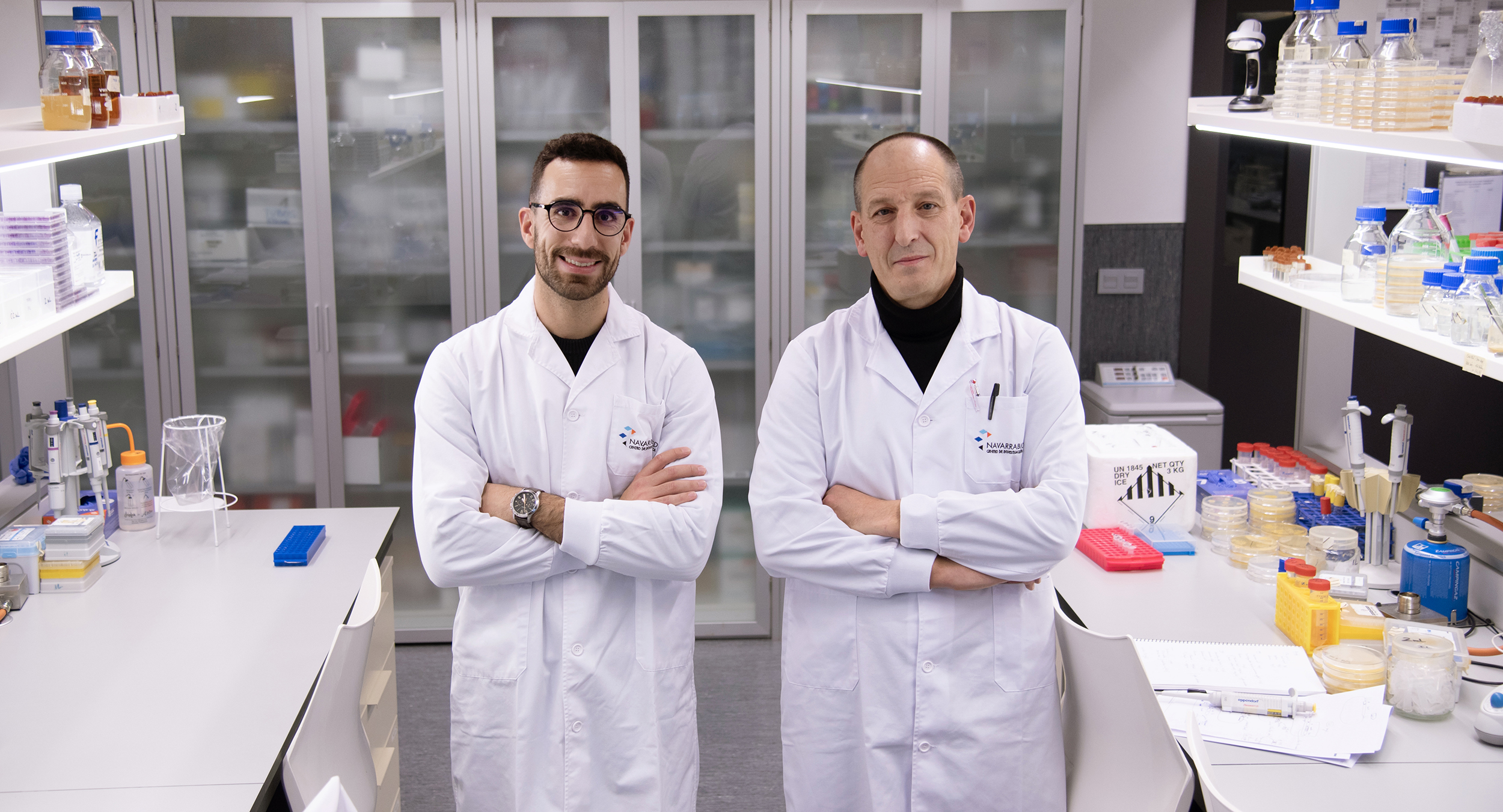How phages protect bacteria against other viruses while protecting themselves
2024/04/09 Elhuyar Zientzia Iturria: Elhuyar aldizkaria

The virus that contaminates the pathogenic bacteria Staphylococcus aureus protects the bacteria from infection with other viruses, while this defense mechanism prevents it from behaving against the virus itself. Pablo Iturbe Sanz, researcher at the Public University of Navarra, explains how he achieves this in a study of his doctoral thesis. Because some strains of this bacterium are multiresistant to antibiotics, one of the strategies to combat them is the use of viruses (phagotherapy). Therefore, the findings of this study can help to develop strategies to avoid resistance to phage therapy. The work has been published in the journal Nature Microbiology.
Some phages have the ability to protect the host bacteria from infections caused by other viruses. They do it in a kind of symbiotic relationship where phage and bacteria live together. This is beneficial for the resident phage because it ensures that it will not have competence to harness the resources of the bacteria. But in order for the protection mechanisms of bacteria against other viruses not to eliminate the resident virus, the system must be balanced.
This study has shown that the virus that infects S. aureus achieves it through groups of non-contiguous genes in the genome. Although physically separated, these gene groups are activated or deactivated at the same time, responding to certain conditions. In this way it manages to fully neutralize the defense mechanism against other viruses when the resident virus starts reproducing to colonize other bacteria.

Gai honi buruzko eduki gehiago
Elhuyarrek garatutako teknologia




